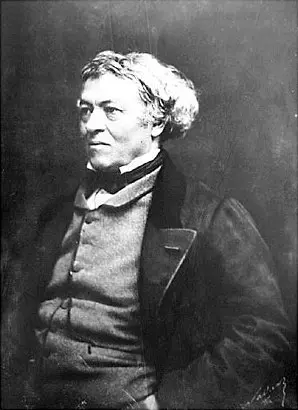Painter Jean-Baptiste-Camille Corot
circa 1870
Born in Paris, Corot initially studied architecture before deciding to pursue a career in painting. He received formal training at the studio of the artist Pierre-Narcisse Guérin, and his early works were influenced by the classical tradition, drawing inspiration from both the Old Masters and the landscapes of Italy. In fact, Corot spent several years in Italy, where he painted the landscapes of the Roman countryside, which became a major influence on his work.
Corot’s landscapes are known for their atmospheric qualities, soft color palette, and masterful depiction of light. He embraced the practice of painting outdoors, or *plein air*, allowing him to capture the subtle effects of natural light in his compositions. This technique was a significant shift away from studio-based painting and set the stage for later movements, particularly Impressionism.
Although he began his career with more traditional, carefully composed landscapes, Corot's later works became more spontaneous and fluid, with a focus on mood and atmosphere. His innovative use of light and his ability to convey the changing qualities of nature helped pave the way for the Impressionists, who admired his work and techniques.
Corot was also known for his portraits and figure studies, although it is his landscapes that have left the most enduring legacy. He was highly respected during his lifetime and mentored several younger artists, including those who would become key figures in the Impressionist movement, such as Édouard Manet and Claude Monet.
Today, Jean-Baptiste-Camille Corot is recognized as one of the masters of 19th-century French landscape painting, and his works are held in major museums and collections worldwide. His contributions to art have had a lasting impact on both the Romantic and Impressionist movements, shaping the direction of modern landscape art.
Contributed by OldPik on January 7, 2024
Image

Log in














No comment yet, be the first to comment...